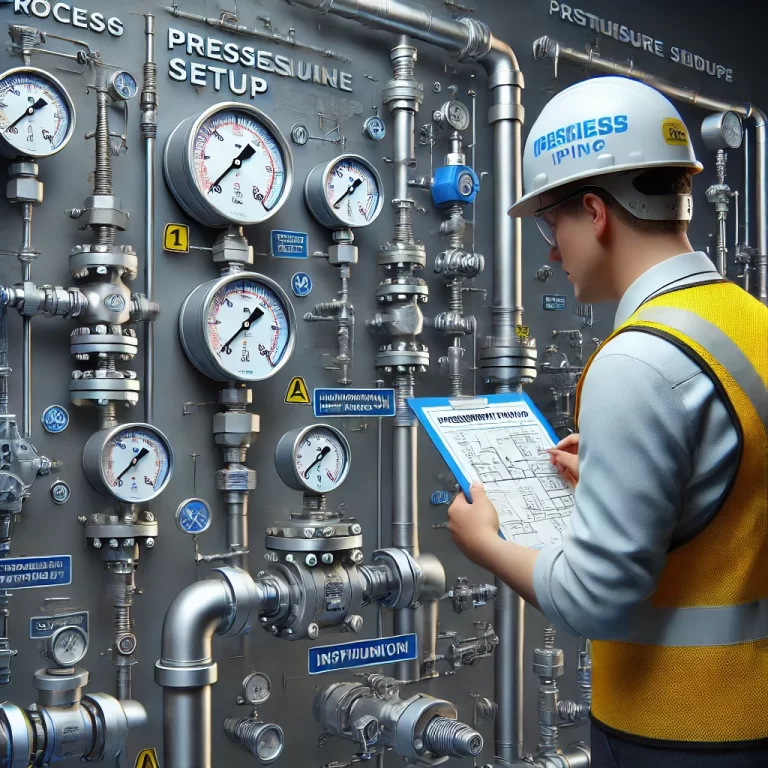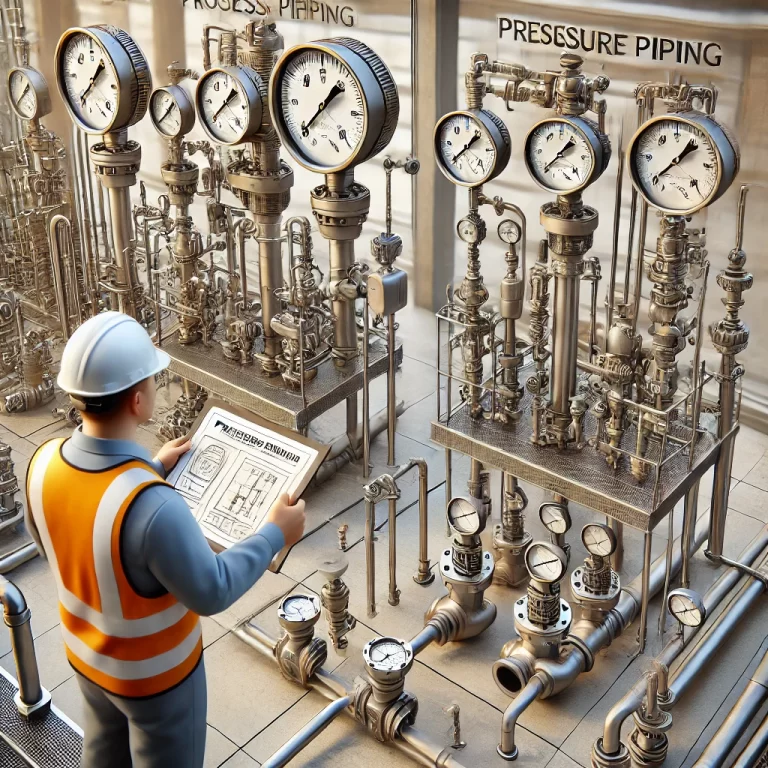Pressure transmitters are among the most widely used instruments in industrial applications. Proper usage and handling are critical to ensure their long-term stability, measurement accuracy, and operational safety. Based on extensive industry experience, the following key precautions are recommended when using pressure transmitters:

1. Ensure Correct Power Supply Voltage
It is essential to supply the pressure transmitter with a voltage within the specified operating range, typically 24V DC. Applying voltages higher than 36V can cause permanent damage to the internal circuits, leading to complete transmitter failure. Always verify the power specifications before connection to avoid costly equipment loss.
2. Protect the Diaphragm from Physical Damage
The sensing diaphragm of a pressure transmitter is extremely thin and sensitive. Even slight physical contact, impact, or contamination can damage the diaphragm, resulting in malfunction or permanent failure. During transportation, installation, and maintenance, take extra precautions to avoid touching or pressing the diaphragm surface. Use protective caps or covers if available.

3. Avoid Condensation and Moisture Exposure
The pressure transmitter should operate in an environment free from condensation and moisture. Condensation or water ingress can compromise the integrity of the internal components, leading to erratic readings or total failure. In humid or low-temperature environments where condensation is likely, consider applying thermal insulation, environmental enclosures, or heater elements to maintain a dry operational condition.
4. Manage High-Temperature Media Properly
When measuring high-temperature fluids, it is critical to ensure that the process temperature does not exceed the maximum allowable limit specified by the transmitter manufacturer. Excessive heat can degrade electronic components and shorten the service life of the transmitter.
To protect the device, implement cooling mechanisms such as:
Installing cooling fins or heat sinks
Using extended impulse piping
Employing a cooling adapter or radiator tube
These methods help dissipate heat and maintain the transmitter body within safe operating temperatures.

5. Open Valves Gradually During Startup
If the process valve is closed when starting up the transmitter, open it slowly and carefully. Sudden full opening can cause the pressurized medium to directly impact the diaphragm with high force, leading to deformation, sensor drift, or rupture. Controlled, gradual pressurization helps protect the diaphragm and ensures accurate measurement.
Conclusion
Pressure transmitters are precision devices that require careful handling and strict adherence to operational guidelines. By ensuring appropriate power supply, protecting sensitive components, preventing condensation, managing high-temperature applications, and using controlled startup procedures, users can significantly enhance the reliability, accuracy, and service life of their pressure transmitters.
